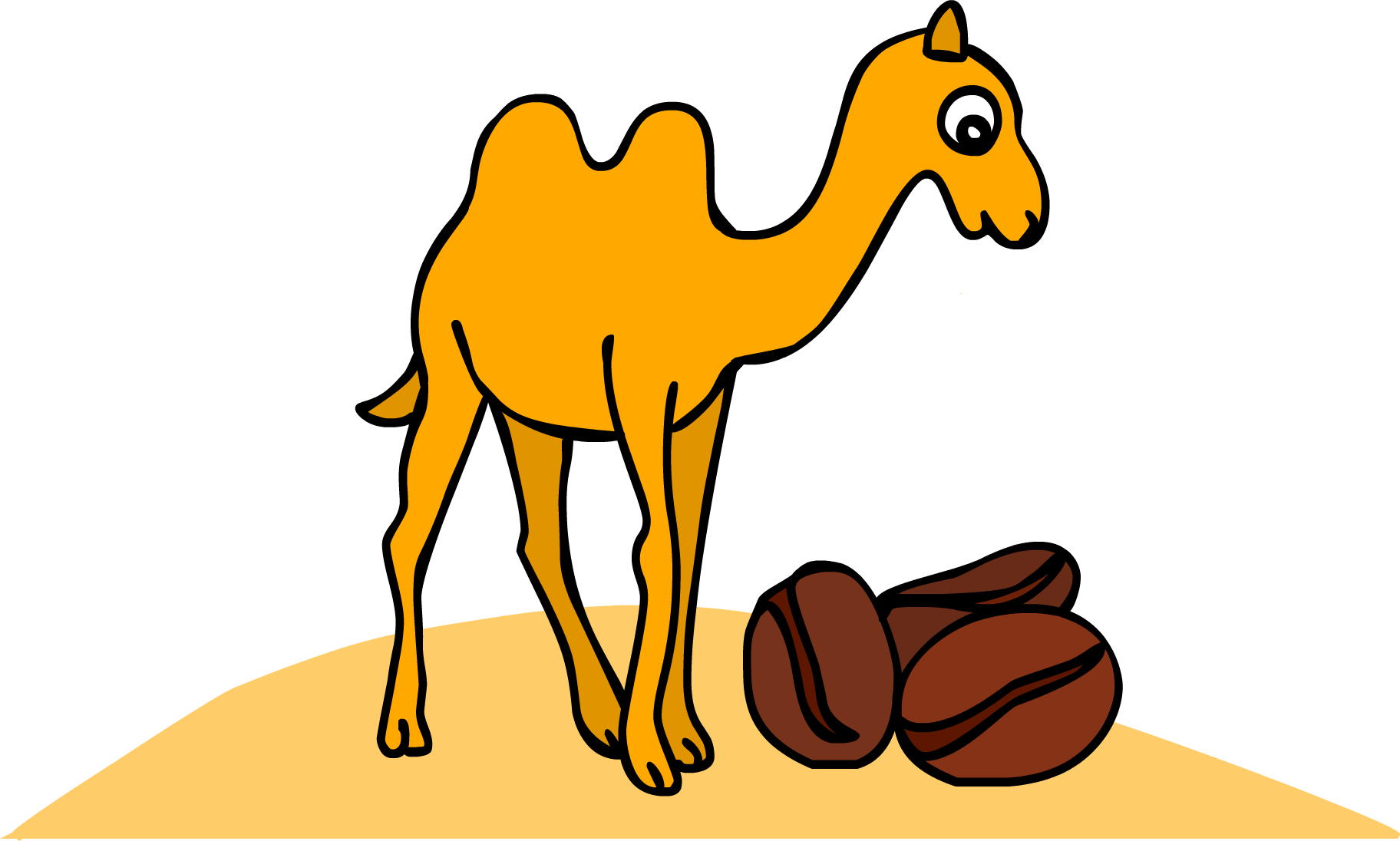YAML for Java. A user-friendly OOP library. Based on spec 1.2.
From the specification: YAML™ (rhymes with “camel”) is a human-friendly, cross language, Unicode based data serialization language.
To get the latest release, simply add the following to your pom.xml:
<dependency>
<groupId>com.amihaiemil.web</groupId>
<artifactId>camel</artifactId>
<version>1.0.1</version>
</dependency>
or download the fat jar.
The API of this library is clean, intuitive and generally close to the javax.json API that most developers are used to:
YamlMapping yaml = Yaml.createYamlMappingBuilder()
.add("architect", "amihaiemil")
.add(
"devops",
Yaml.createYamlSequenceBuilder()
.add("rultor")
.add("0pdd")
.build()
).add(
"developers",
Yaml.createYamlSequenceBuilder()
.add("amihaiemil")
.add("salikjan")
.add("SherifWally")
.build()
).build();toString() methods are overriden to pretty-print the yaml, so the above yaml.toString() will print (notice that the elements are ordered, according to the Yaml specification):
architect: amihaiemil
developers:
- SherifWally
- amihaiemil
- salikjan
devops:
- 0pdd
- rultorReading a Yaml input is very straight-forward, as outlined bellow. There is one important aspect: the input has to be a valid (well-indented) Yaml, otherwise you will get an exception, at some point, when trying to work with the read object!
//createYamlInput is overloaded to accept also String InputStream
YamlMapping yamlMapping = Yaml.createYamlInput(new File("mapping.yml"))
.readYamlMapping();
YamlSequence yamlSequence = Yaml.createYamlInput(new File("sequence.yml"))
.readYamlSequence();Pojos can be parsed ("dumped") into Yaml as follows (attributes need to have getters and setters):
Map<String, Integer> grades = new HashMap<>();
grades.put("Math", 9);
grades.put("CS", 10);
YamlMapping studentYaml = new YamlObjectDump(
new Student ("John", "Doe", 20, grades)
).represent();studentYaml.toString() will print:
age: 20
firstName: John
grades:
CS: 10
Math: 9
lastName: DoeYou can also parse maps (Map<Object, Object>) and collections (Collection<Object>) using YamlMapDump and YamlCollectionDump respecitvely
Contributors are welcomed
- Open an issue regarding an improvement you thought of, or a bug you noticed, or ask to be assigned to an existing one.
- If the issue is confirmed, fork the repository, do the changes on a separate branch and make a Pull Request.
- After review and acceptance, the PR is merged and closed.
- You are automatically listed as a contributor on the repo and the project's site (to follow)
Make sure the maven build
$ mvn clean install -Pcheckstyle
passes before making a PR.
